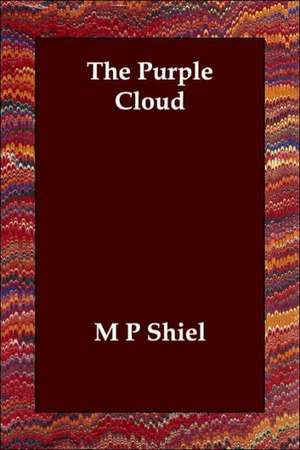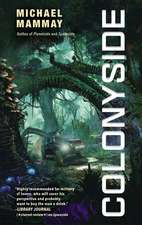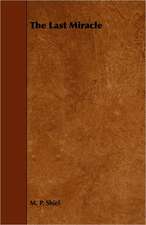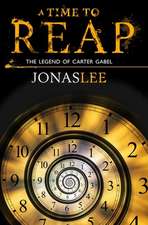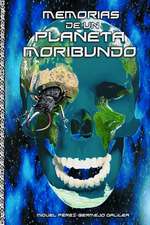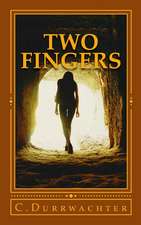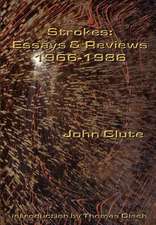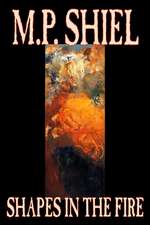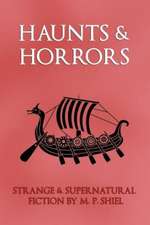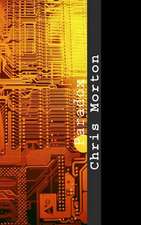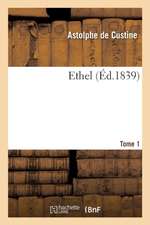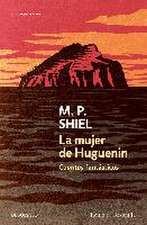The Purple Cloud
Autor M. P. Shielen Limba Engleză Paperback – 31 aug 2006
| Toate formatele și edițiile | Preț | Express |
|---|---|---|
| Paperback (4) | 56.88 lei 3-5 săpt. | |
| CREATESPACE – | 56.88 lei 3-5 săpt. | |
| – | 79.79 lei 3-5 săpt. | |
| BISON BOOKS – 31 aug 2000 | 95.85 lei 3-5 săpt. | |
| Echo Library – 31 aug 2006 | 107.09 lei 38-44 zile | |
| Hardback (1) | 286.95 lei 6-8 săpt. | |
| Lulu – 21 iun 2014 | 286.95 lei 6-8 săpt. |
Preț: 107.09 lei
Nou
Puncte Express: 161
Preț estimativ în valută:
20.49€ • 21.46$ • 16.100£
20.49€ • 21.46$ • 16.100£
Carte tipărită la comandă
Livrare economică 05-11 aprilie
Preluare comenzi: 021 569.72.76
Specificații
ISBN-13: 9781406805536
ISBN-10: 140680553X
Pagini: 180
Dimensiuni: 152 x 229 x 10 mm
Greutate: 0.27 kg
Editura: Echo Library
ISBN-10: 140680553X
Pagini: 180
Dimensiuni: 152 x 229 x 10 mm
Greutate: 0.27 kg
Editura: Echo Library
Notă biografică
Matthew Phipps Shiell (1865 - 1947) - known as M. P. Shiel - was a prolific British writer of West Indian descent. His legal surname remained "Shiell" though he adopted the shorter version as a de facto pen name. He is remembered mostly for supernatural horror and scientific romances. His work was published as serials, novels and as short stories. The Purple Cloud (1901, revised 1929) remains his most famous and often reprinted novel. Around 1899-1900 Shiel conceived a loosely linked trilogy of novels which were described by David G. Hartwell in his introduction to the Gregg Press edition of The Purple Cloud as possibly the first future history series in science fiction. Each was linked by similar introductory frame purporting to show that the novels were visions of progressively more distant futures glimpsed by a clairvoyant in a trance. Notebook I of the series had been plotted at least by 1898, but would not see print until published as The Last Miracle (1906). Notebook II became The Lord of the Sea (1901), which was recognized by contemporary readers as a critique of private ownership of land based on the theories of Henry George.
